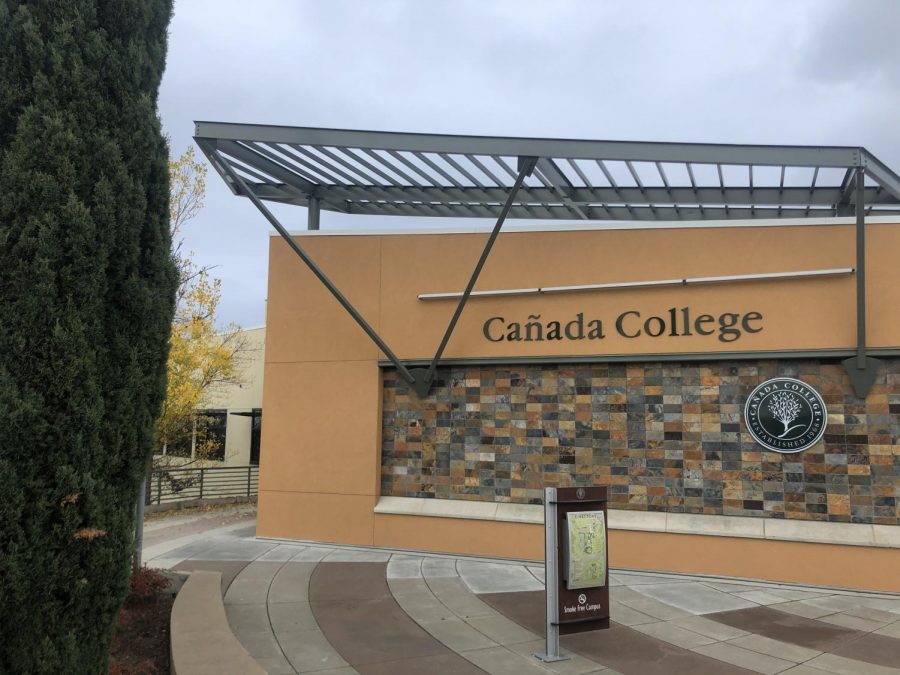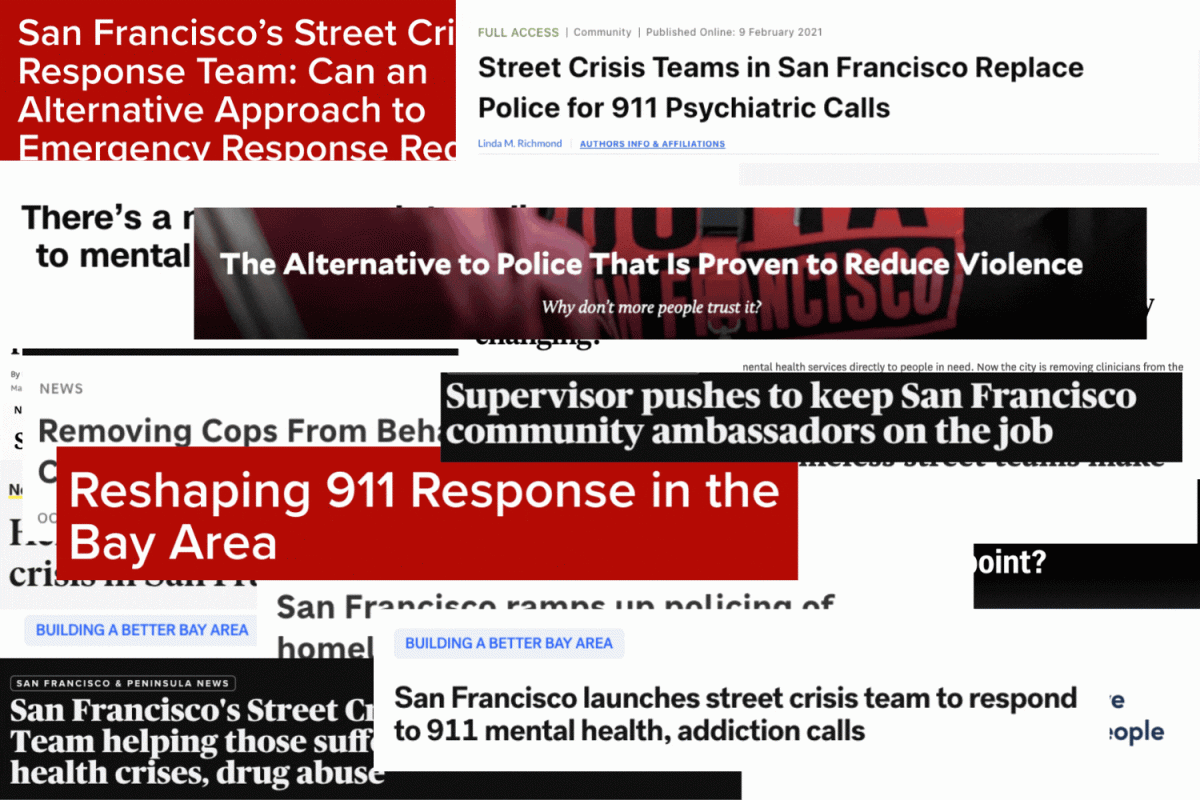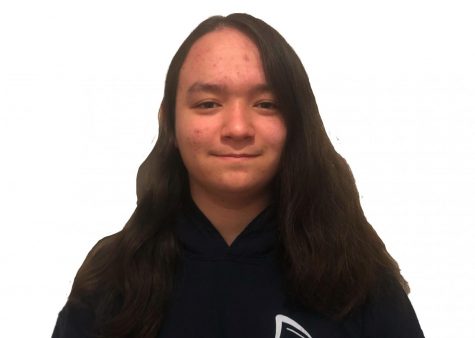For a lot of people, the best way to finish high school is to leave it.
The Middle College program offers students the ability to take college-level classes while remaining students at their home high schools. It is often an unconsidered option for students at Carlmont. The Sequoia Union High School District’s (SUHSD) Middle College program offers an alternative academic route for rising juniors. Similar to the Journalism program and Biotech Institute (BTI) at Carlmont, Middle College replaces regular classes with program-specific classes.
The primary difference is that Middle College, unlike the other programs, takes place on the Cañada College’s campus rather than the Carlmont campus. Middle College students in SUHSD remain students of their home high schools but attend Cañada College for classes during regular school time.
While Carlmont Middle College students cannot attend classes offered on the Carlmont campus, they can still participate in non-academic Carlmont activities, such as sports teams and clubs. School events, such as dances and sporting games, can still be attended by Middle College students, even though they don’t take classes on campus.
“Some students are just ready to be out of high school […] They might be a little bit bored with high school,” Lisa Gleaton, a former Carlmont principal who now teaches at Middle College, said. “A student who’s like, I paid my AS dues, but I’m really not interested in pursuing AP everything, but I don’t want it to be too easy, I would say that’s a perfect kid for Middle College.”
Gleaton is employed by the high school district and teaches U.S. history to the juniors at Middle College, and is an academic adviser for some students. There are only four high school teachers at Middle College, who each are academic advisers in addition to teaching either English or Social Studies for the juniors or seniors. Due to having only 110 students in any given year, the program is small, but it is not exclusive.
“It’s not about winning your place in the program. We are a public school district. Every student has a right to be in the program if they meet all of the parameters,” Gleaton said.
The Middle College program, which feeds from SUHSD schools, benefits students looking for a leg up in college. The students of the program enjoy greater freedoms than their Carlmont counterparts, as they get to choose their classes from the more comprehensive selection offered at Cañada, building schedules that are suited for them.
Middle College students, in addition to getting their high school diplomas, earn more than 35 college credits allowing them to skip up to one and a half years of college after high school. Students’ experience of managing their time as adults and being treated as such by their college professors helps make them more prepared for college.
Student independence doesn’t mean that Middle College students don’t get support, as they have a College and Career Readiness class once a week with Middle College teachers.
“I like Middle College more than my old high school because I have a lot more independence in the classes I’m choosing,” Charlotte Mally, a junior in the Middle College program, said.
While the majority of students who join the program in junior year choose to remain in the program for senior year, a few do not. According to Gleaton, every year, three to four of the students in junior year choose to take the California High School Proficiency Exam (CHSPE) in their first semester after getting a taste of the freedom that the program provides. The CHSPE is an exam available in California for students following tenth grade to test out of high school.
“I’ve got some kids who were like, ‘I thought I just wanted to get out of high school, so that’s why I came to you, Middle College. And when I got here, I realized, no. I don’t want any rules. I Just want to pick my college classes and be on my own,‘” Gleaton said. “And I’m like, ‘Hey, get your mom on the phone, and if she agrees, I will help you make that happen.’ I want you to know all your options. Middle College is just one of them.”
Even rarer still, some students drop out of the program to return to their home high schools. In the case of Alexander McDowell, a senior at Carlmont, his decision to return to Carlmont for his senior year was a difficult one.
“I missed the social life at Carlmont,” McDowell said. “I really enjoyed being part of Carlmont’s Symphony Orchestra.”
According to Gleaton, it looks good to colleges since it shows that the students are academically engaged. When asked about other options for students to accelerate or show colleges academic prowess, such as concurrent enrollment and taking the CHSPE, she strongly favored students having options for routes to college and choosing the right ones for them. While she acknowledges that the program isn’t for all students, she thinks that it’s not considered enough by students as a viable option.
Gender Split by Jack Neth
“A lot of students, they’re like, ‘I finally found my tribe. There’s no way that I’m not going to not see my friends every day.’ That’s a legit thing. Don’t apply,” Gleaton said.
Kim Miller, a Carlmont counselor, helps students make college and career choices. For some students, she will bring up Middle College, concurrent enrollment, and the CHSPE as options to help them with their path to college.
“I typically recommend Middle College for students who are either looking to get ahead with college credits so that they are able to earn more college credits than they would normally be able to by taking AP classes or taking a single community college course in addition to their normal high school classes,” Miller said.
According to Miller, the program isn’t a perfect fit for every student. While some students will get a lot out of benefit from it, many won’t.
“I typically don’t recommend Middle College for students that are really actively engaged in a lot of activities and really enjoy that school community that Carlmont offers,” Miller said. “For kids that are in athletics and music, it’s difficult to be able to maintain those connections through Middle College And then students that struggle with the independence that Middle College would offer.”
Applications by Jack Neth
In previous years, there were informational nights during January and February for prospective sophomores and juniors to gain interest in the community. These events have, in past years, lasted an hour, consisting of 30 minutes of presentations before 30 minutes of Middle College teachers and students fielding questions from the audience. This year, due to COVID-19 concerns, they will be held virtually on Jan. 27, Feb. 11, Feb. 23, and Mar. 10.
According to Gleaton, the most common way for students to get rejected from the program is by failing to get all of the required materials for the application in on time.
The application requires some forms to be filled out by a prospective student’s teachers, as well as an answer to an essay question about the student. The essay question is meant to gauge the student’s ability for placement as well as get to know the student. Gleaton encourages students to consider Middle College more as a viable option to graduate high school.
“More kids should have this opportunity. We’re doing great by the kids we get,” Gleaton said.
































